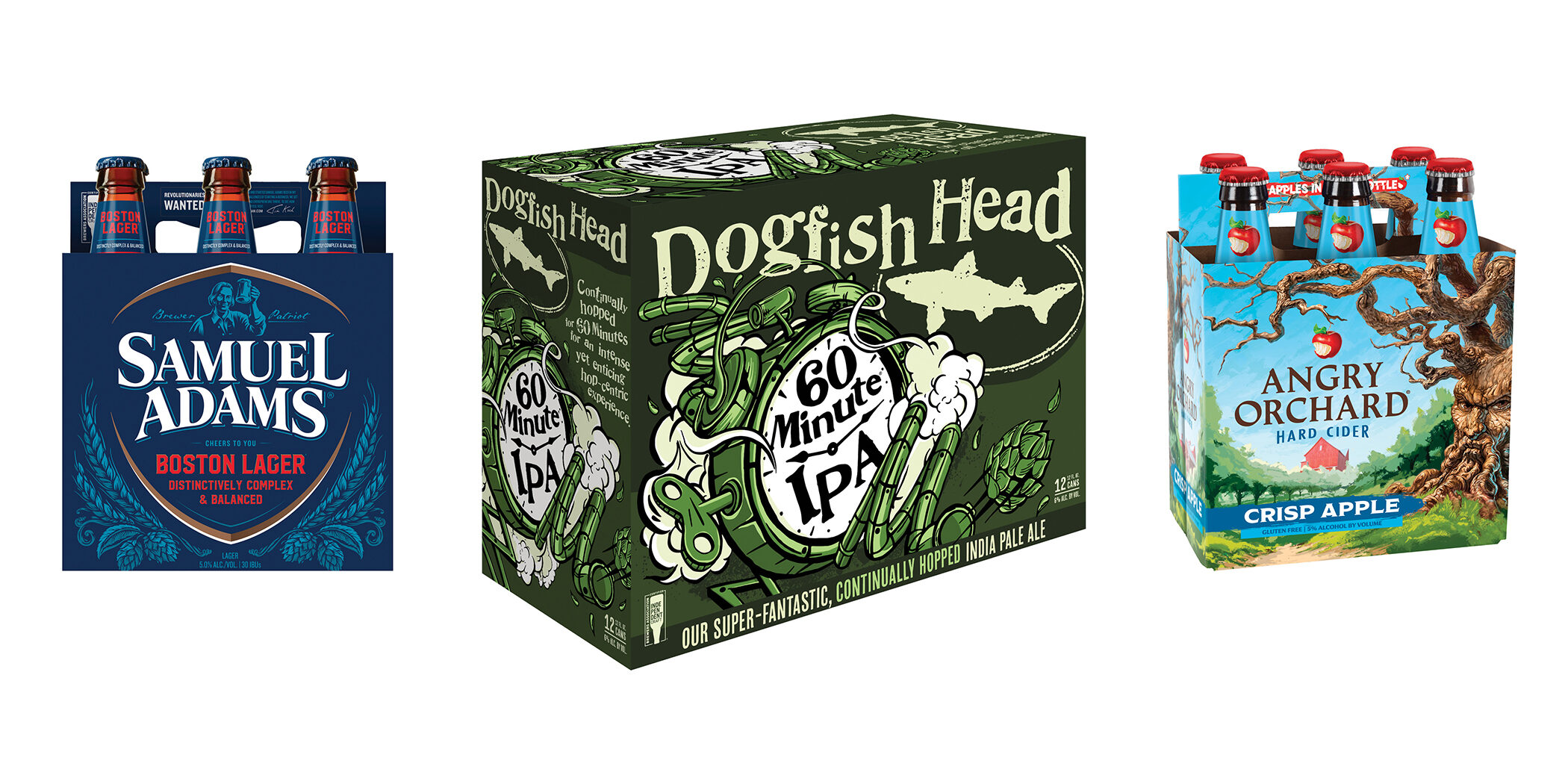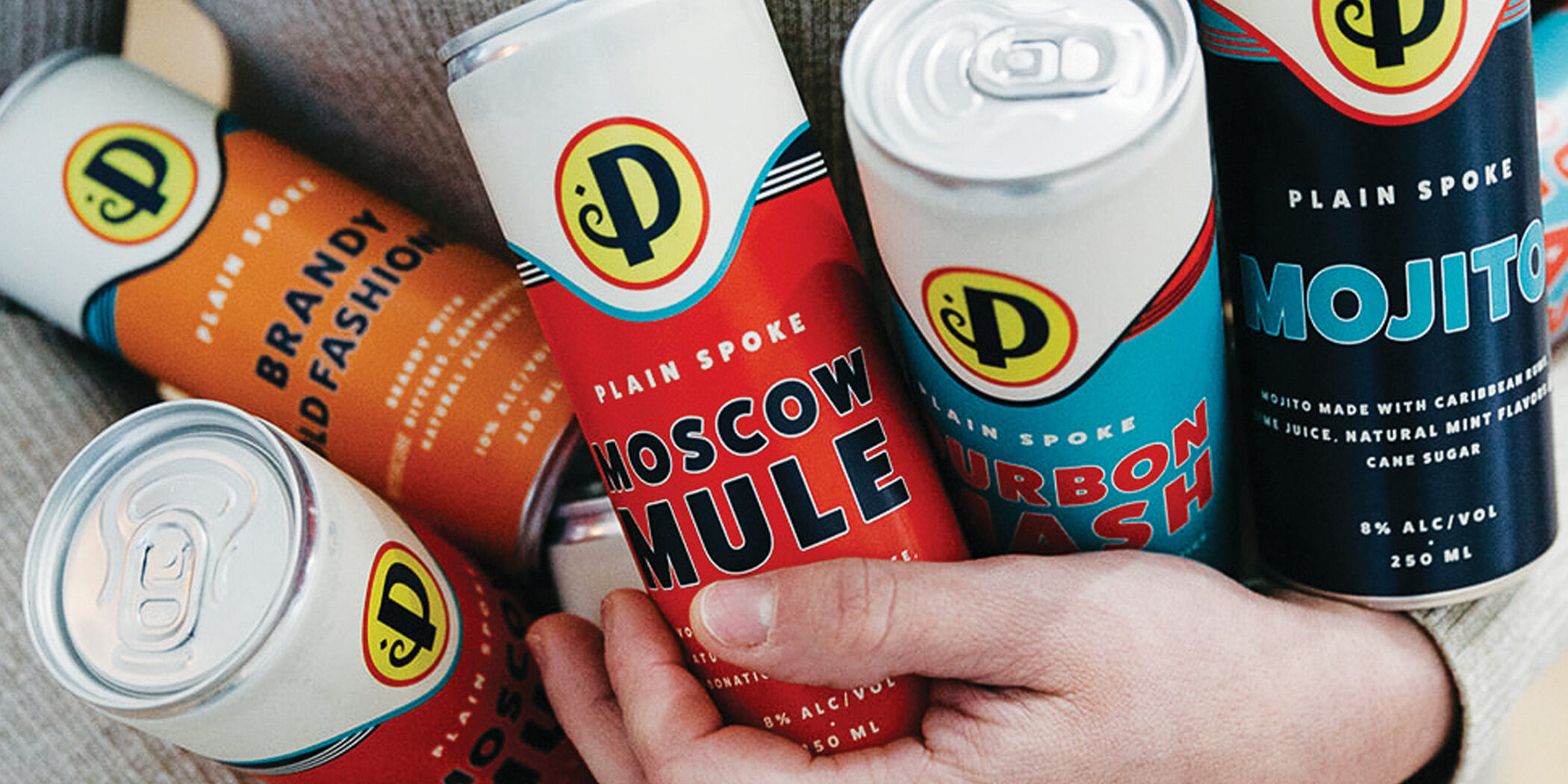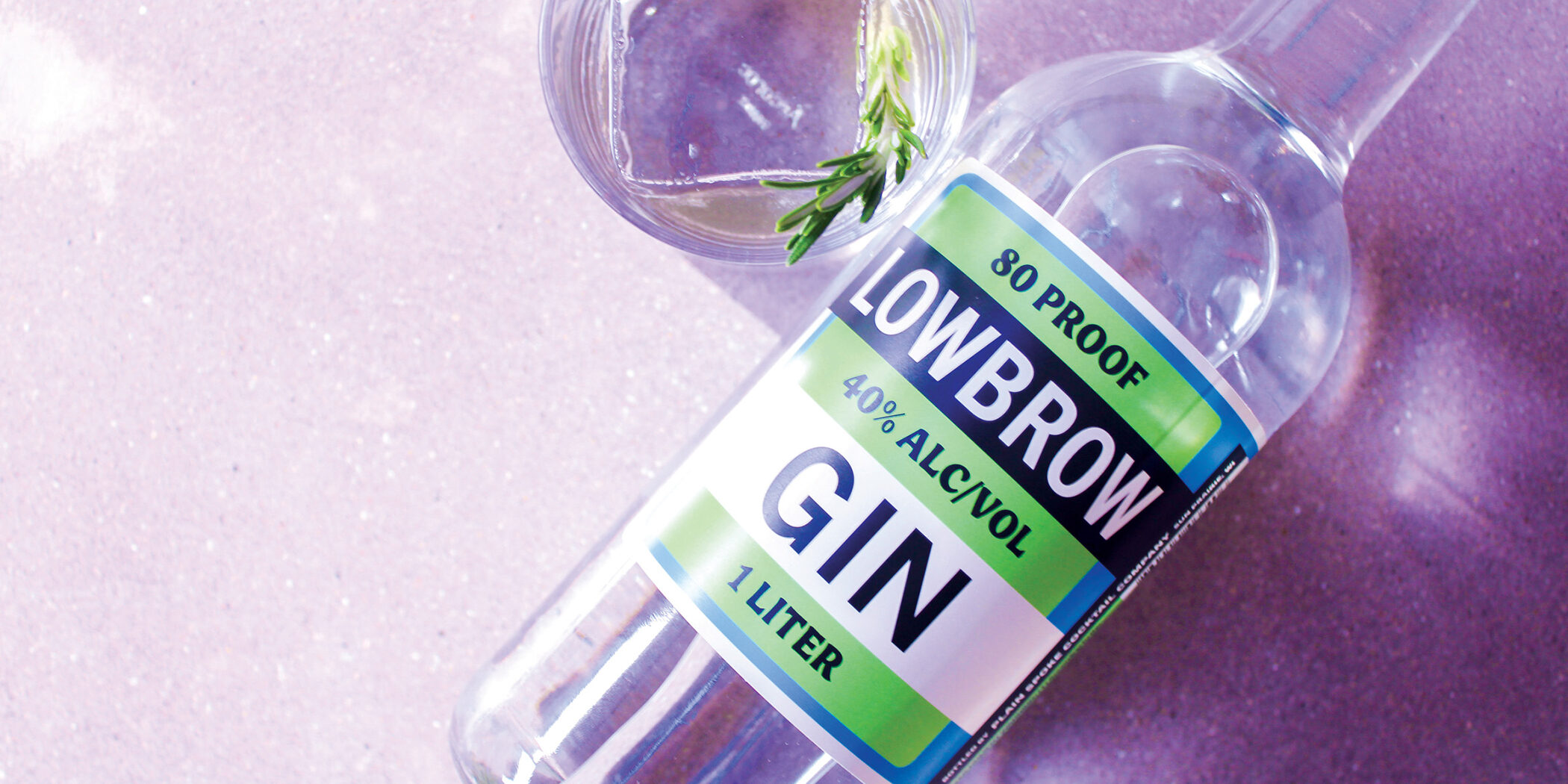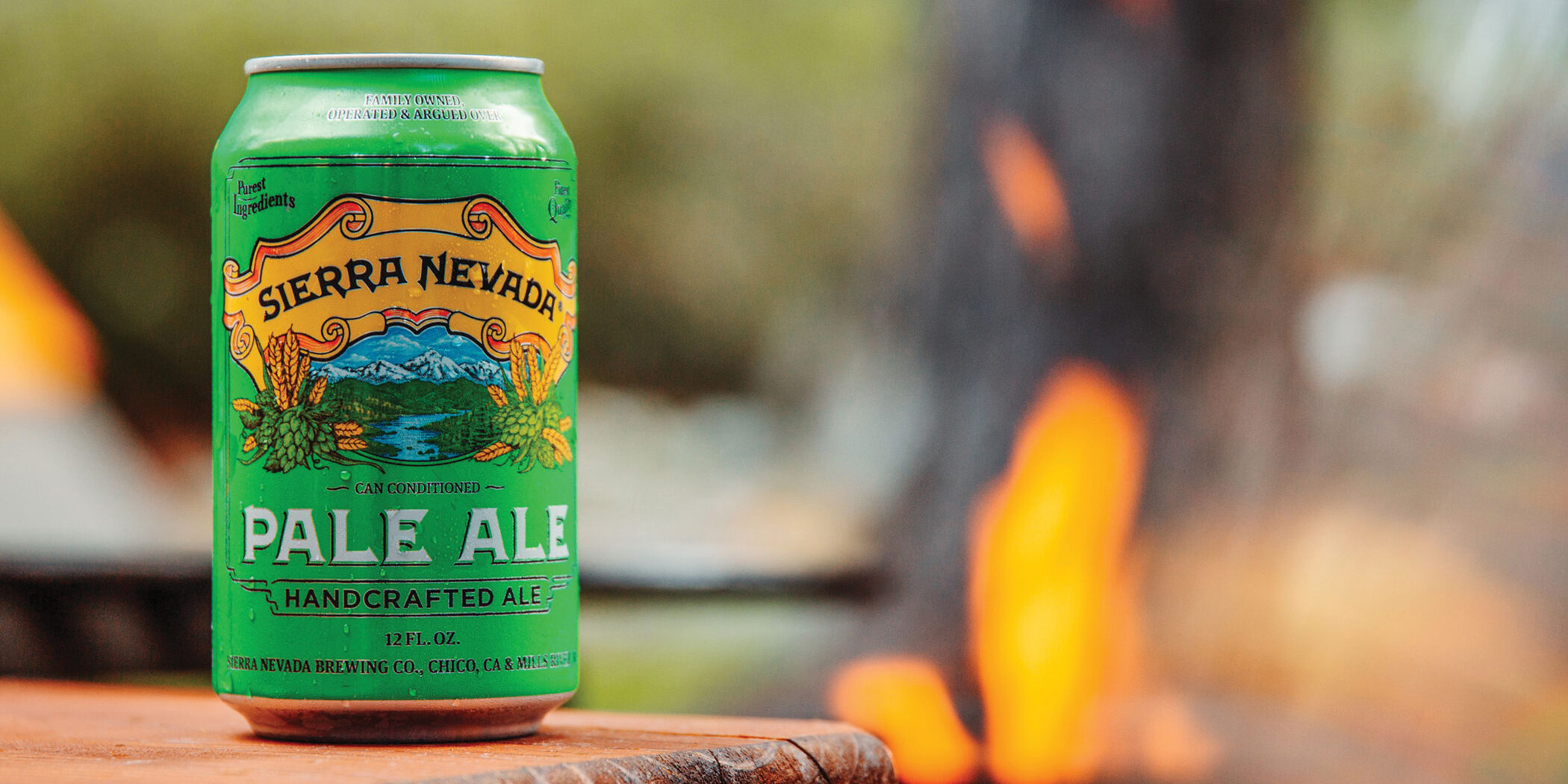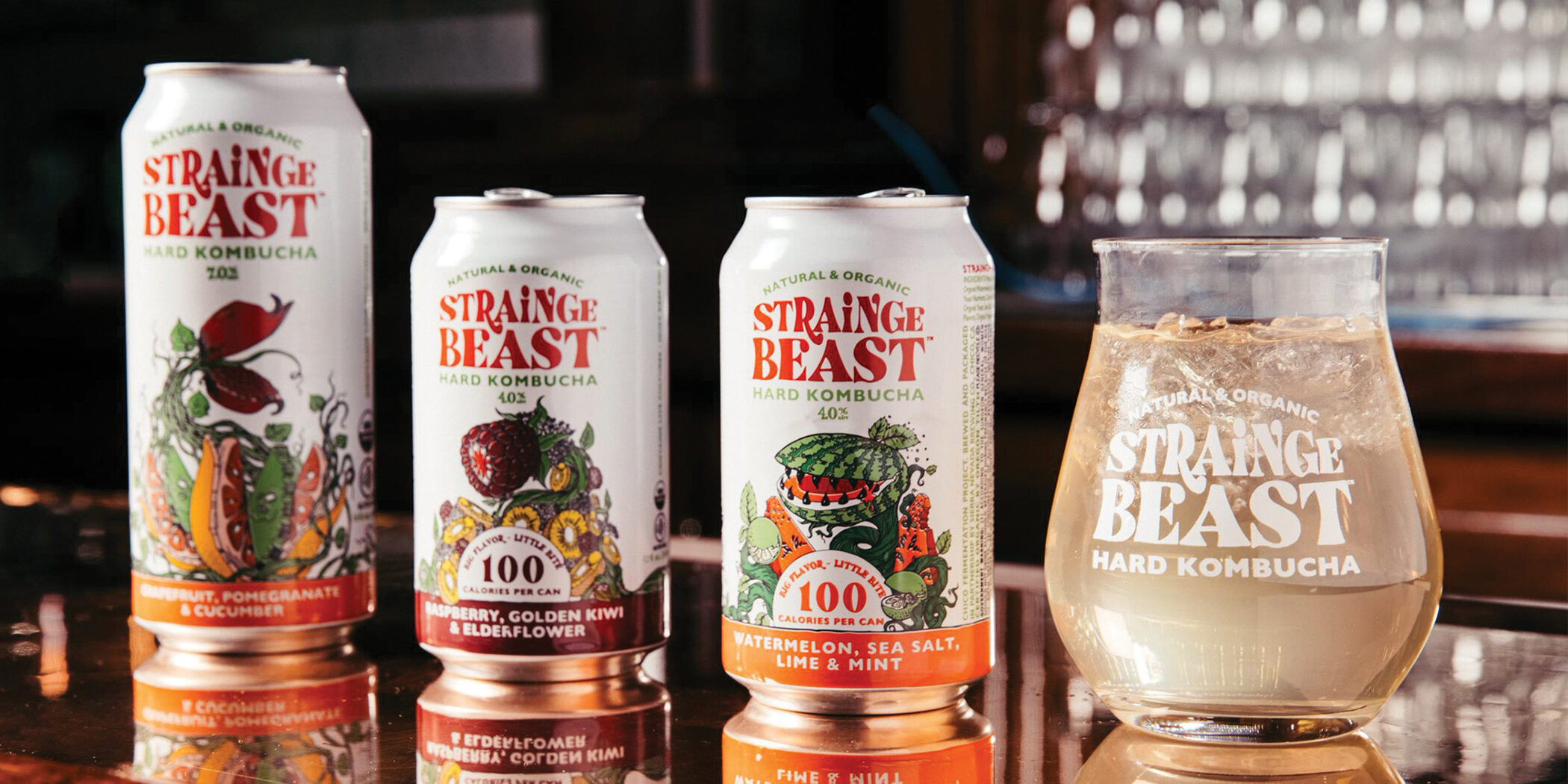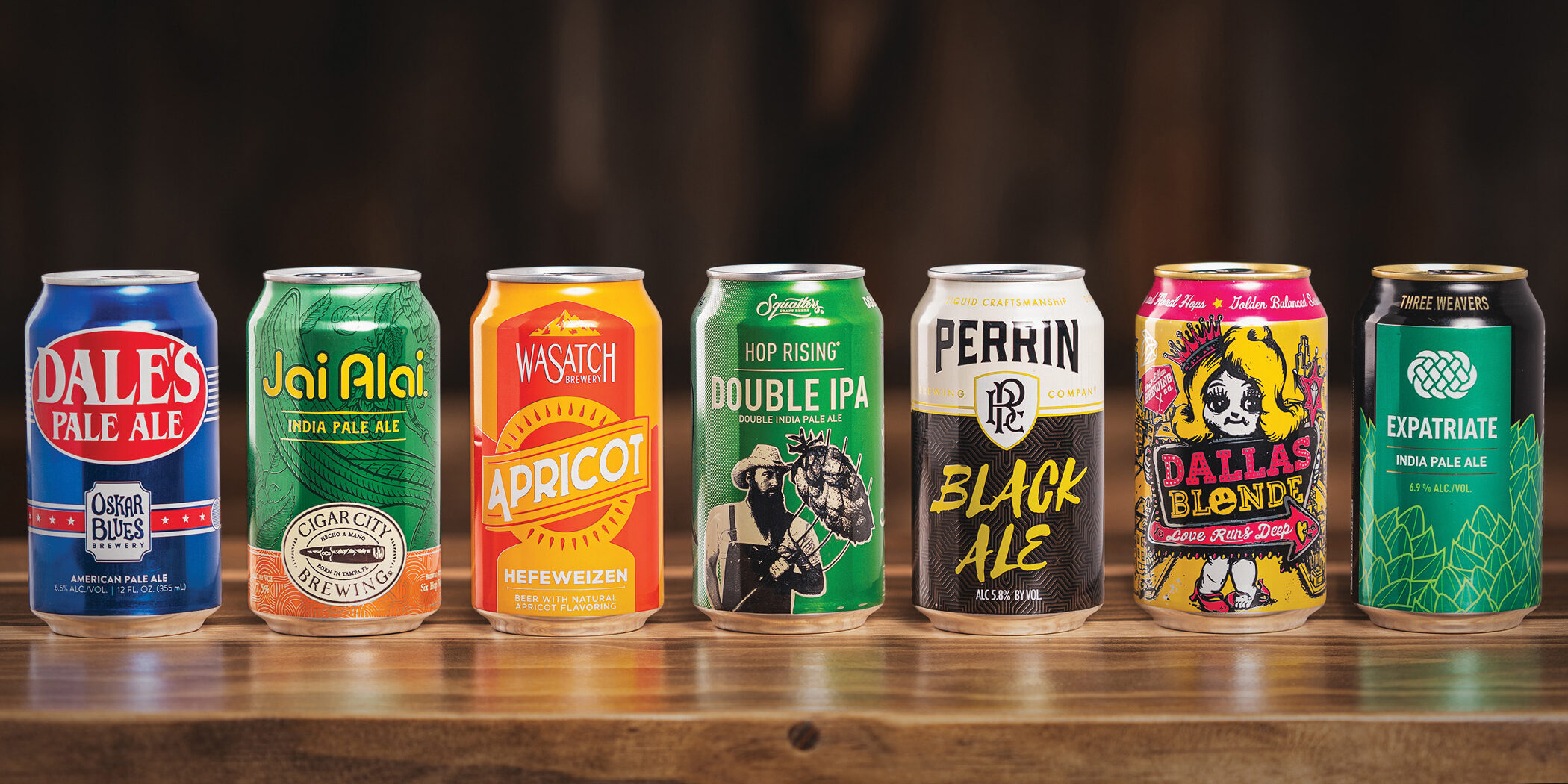A House of Brands architecture is a collection of completely disparate, independent brands with little-to-no ties between each other or to a corporate brand.
In this approach, each brand has its own value proposition, messaging, and positioning, and is completely independent as far as the consumer is concerned. We say “corporate” in this case because “parent” denotes some manner of a relationship with an extension. In a House of Brands model, there is no parent brand connection whatsoever.
This approach allows corporate brands to target different consumers and segments with niche brands and products that are tailored to their specific needs and values without competing with other brands in the portfolio. This makes for a more robust overall business.
Traditionally the stock and trade of mega corporations like Procter and Gamble and Unilever, this can be a valuable concept for craft breweries to employ depending on their product mix, volume and sales goals as well.
WHEN A HOUSE OF BRANDS MAKES SENSE
- When you’re a hyper-niche positioned brewery that wants to launch new products without confusing your fans.
- When you think your new product could be a runaway success and would be limited by the parent brand’s reputation and positioning.
- When you’re launching products that you want to live under their own identity, unconnected to your other brands.
- When you are experimenting with a new product and want a firewall between your parent brand and this new, uncharted territory.
- When you are an innovative company interested in capturing emergent market share as new categories arise.
Some Advantages
A House of Brands architecture is the safest model in terms of protecting the positioning and reputation of each individual brand in your portfolio.
Under a House of Brands model, each one of your brands is hermetically sealed from one another. So, if one brand, or category, falters, the rest of your portfolio is insulated against any reputational damage. In the same way you might diversify an investment portfolio to protect against different liabilities and market forces, you are able to insulate and protect your brands individually.
A House of Brands approach allows you to offer products to highly-targeted niche audiences without worrying about how to adapt your parent brand to the task.
By creating an entirely new brand, you are free to explore each product individually under a House of Brands model without being governed by (or concerned with) any of your parent brand’s equity. Each product is able to have its own unique value proposition and attract different customer segments. And none of this will be confusing, because you are not beholden to a broader brand narrative. You can have a functional beverage along with a Quadruple IPA aged with Boston Cream Donuts (or whatever the kids are drinking these days) in the same portfolio and no one will bat an eye.
You can quickly seize market opportunities because you bypass all the work (and worry) of making sure your parent brand works in a new context.
The House of Brands approach allows you to be more agile, rapidly executing on new opportunities without wasting a single second considering what that might mean for your parent brand. You are free to move on an appropriate idea without being encumbered by existing equity or customer expectations. In this way, such agility can be just as important as having a great product that is correctly marketed and positioned—in a world of fast moving trends and the innovation treadmill that is rotation nation, being first to market in a particular category can go a long way towards ensuring long term success.
Caveats
House of Brands are inefficient in terms of operating expenses.
This approach is more costly because you have to develop (and maintain) new names, brand identities, websites, and perhaps even dedicated corporate structure and staff for each standalone brand.
Simply put, out of all the Brand Architecture models, this one requires the most work, investment and follow-through. To give every brand in your portfolio a fair shake basically amounts to setting up structures within your organization that can dedicate bespoke effort to each individual offering. Do not underestimate how much work (and budget) this will take to pull off correctly.
Small teams that are already stretched thin should be cautious of this approach.
You may lose the economies of scale that come with more of a Branded House approach (e.g. buying bulk materials, consolidating print runs).
While this isn’t necessarily a top-level concern, keep in mind that a portfolio of separate brands means you will need to warehouse separate packaging and promotional material. You may not be able to save on volume by using the same printed can templates or case boxes, to give a quick example. While this may seem like a minor concern, depending on your volume and distribution footprint, this could become a headache and reduce your ability to achieve those broader economies of scale.
The CPG and beer industry are rife with House of Brands model. To wit, a handful of companies produce most of the alcohol in the world, including outfits like Diageo, MillerCoors, Pernod Ricard, Constellation and Brown-Forman
Here’s a closer look at a few prominent examples:
AB InBev
AB InBev owns Budweiser, Bud Light, Corona, Goose Island, 10 Barrel, Golden Road, Breckenridge, Wicked Weed, Elysian, Devil’s Backbone, Modelo and several other breweries and beer brands.
While these breweries all run under the management principles and scale-minded growth plans found in Big Beer, as far as the customer is concerned, they all appear to be distinct brands, each with their own branding and IP.
Boston Beer Company
Boston Beer Company is the one of the best examples of why the House of Brands approach can be so powerful in today’s beer market.
Boston Beer Company was born around its famous Sam Adams Boston Lager. This beer ruled the roost for a few decades, becoming, for many, one of the first better beers they experienced. But as the industry started expanding, consumers moved on from Boston Lager to other styles and more local offerings.
Boston Beer Company saw the value in diversifying years ago, and the result of this approach is staggering. Several of their brands (Truly Hard Seltzer, Twisted Tea, Angry Orchard Hard Cider) are category leaders. This creates a well-rounded, robust overall portfolio.
